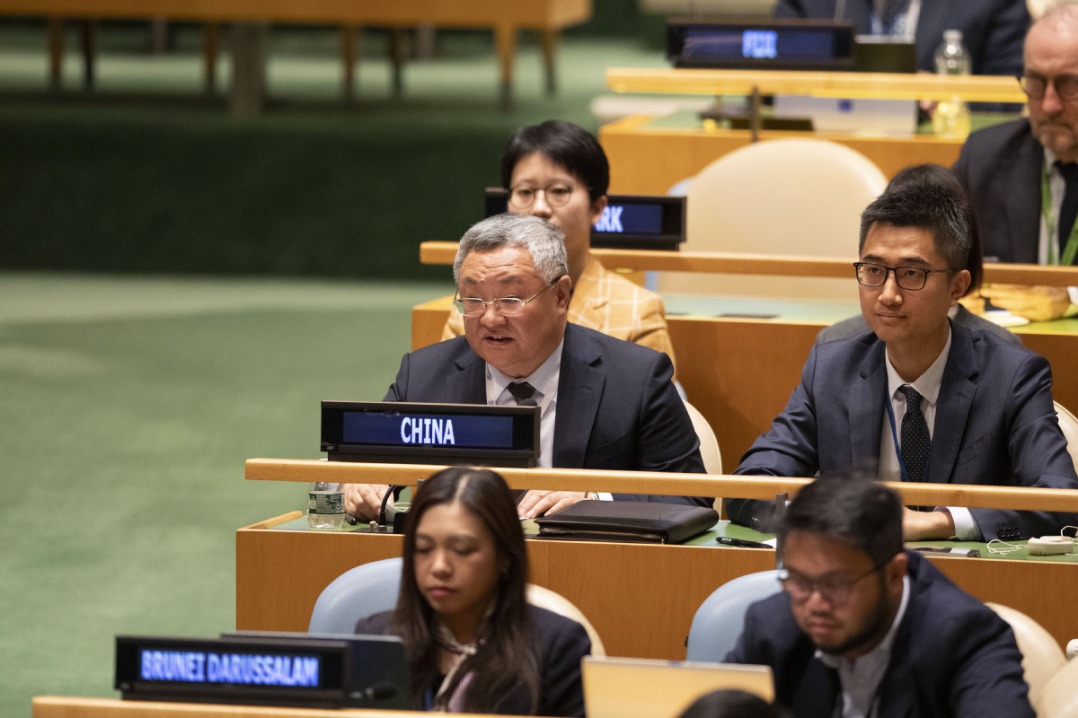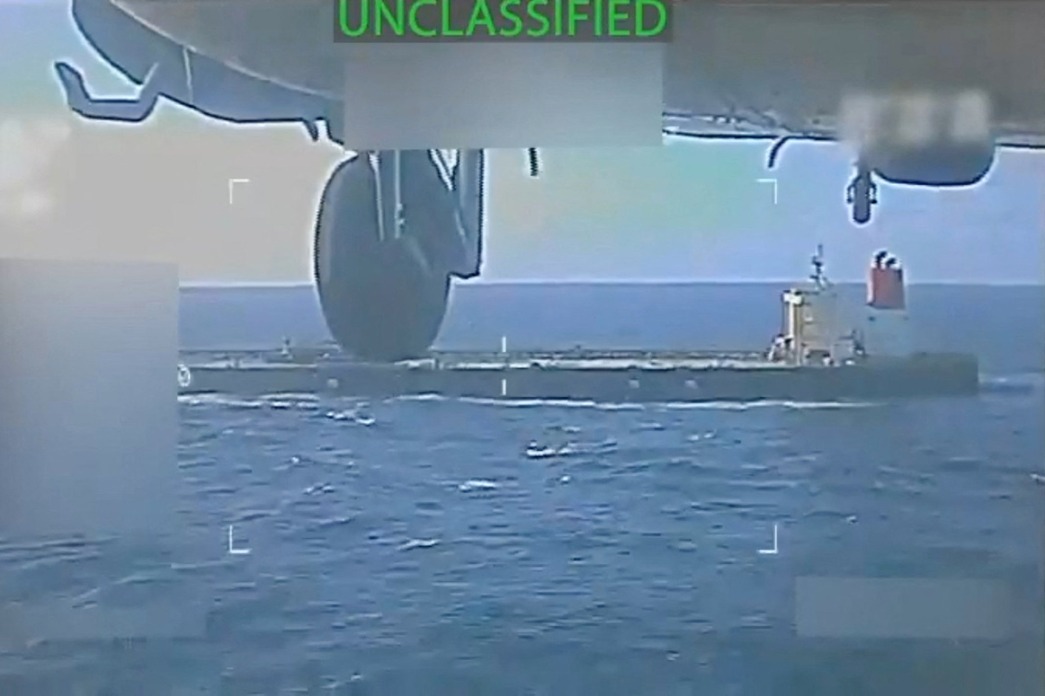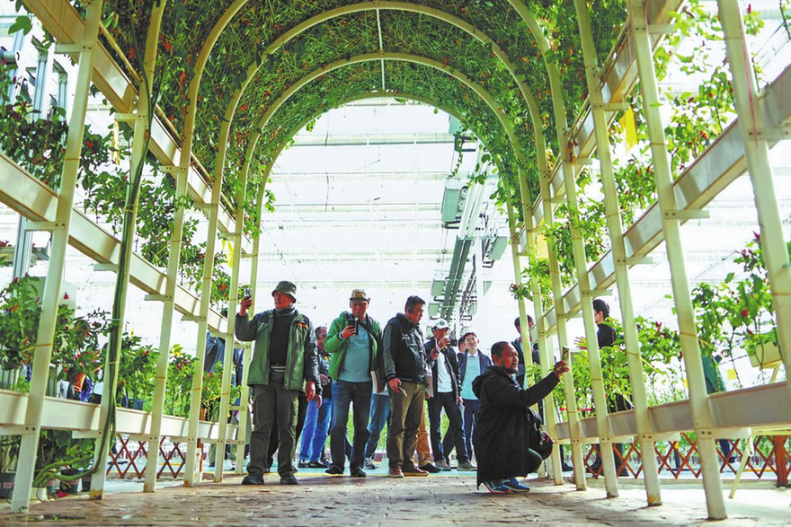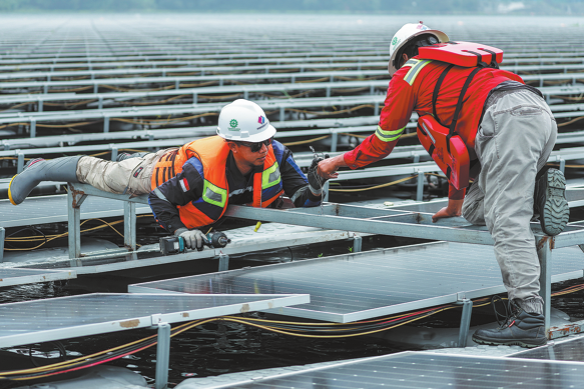Japan's plan to deploy missiles raises concern
Analysts warn such move signals shift toward more offensive military strategy

Japan is considering deployment of long-range missiles on the southwestern island of Kyushu, signaling what analysts warn is a shift from a defensive to a more offensive military strategy.
The move is part of Japan's broader efforts to acquire "counterstrike capabilities" to target enemy positions in an emergency, Kyodo News reported.
The deployment is expected to begin at the end of the 2025 fiscal year. The missiles may be stationed at the Ground Self-Defense Force's surface-to-ship missile regiment garrisons in Yufu and Kumamoto, said Kyodo News citing Japanese government sources.
On Sunday, Okinawa Governor Denny Tamaki met with Chief Cabinet Secretary Yoshimasa Hayashi to oppose the deployment of long-range missiles in his prefecture.
The missiles are an upgraded version of the GSDF's Type-12 land-to-ship guided missile, with an extended range of 1,000 kilometers. This range places the Korean Peninsula and coastal regions of China within striking distance.
Rupert Schulenburg, assistant editor of The Military Balance, an annual assessment of global military capabilities published by the Washington-based think tank International Institute for Strategic Studies, wrote that the upgraded Type-12 system could significantly enhance Japan's coastal defense and maritime attack capabilities. However, he said it is just one of several standoff missile systems Japan is acquiring.
Kyushu's geographical position makes it strategically significant, given its proximity to the Chinese mainland and Taiwan.
"Once missile deployments are completed, Japan will have greater military leverage in the region, potentially affecting China's national security interests. From a geopolitical perspective, Kyushu is a key location within the so-called first island chain, serving as an important stronghold for the United States in its strategy in the Western Pacific," said Liu Qingbin, a former professor at Yokohama National University's Institute of Advanced Sciences.
Analysts said that missile deployments there could impact security dynamics in the Korean Peninsula and give Japan greater ability to intervene in regional conflicts.
Japan's GSDF already operates Type-12 systems at multiple locations in the Ryukyu Islands. The most recent deployment occurred on Okinawa's main island in March 2024, following earlier placements on Ishigaki Island in 2023, Miyako Island in 2020, and Amami Oshima in 2019, according to Liu.
As early as 2020, Japan expressed its intent to strengthen its offensive capabilities, specifically its ability to conduct preemptive strikes, Liu said. Expanding its arsenal of long-range cruise missiles, he argued, is a key way to achieve this goal. With a range of 1,000 kilometers, the upgraded Type-12 system provides Japan with medium-to-long-range strike capabilities.
"Japan has been seeking to move beyond its policy of 'exclusive defense', advocating for the removal of restrictions on 'collective self-defense'," Liu noted. "This shift aims to equip Japan's Self-Defense Forces with both offensive and defensive capabilities, particularly preemptive strike capabilities."
In January, Japan's Ministry of Defense released a notice on the progress of its "standoff defense capability" project, publicly revealing for the first time the development of a new ballistic missile. Dubbed the High-Speed Glide Missile for Island Defense, the weapon is primarily intended for "remote island defense".
According to Chinese military reports, this represents another major step in Japan's transition from a defensive to an offensive military strategy.
Japan's new Defense Buildup Program outlines plans to establish two regiment-level battalions equipped with the High-Speed Glide Missile for Island Defense. The chosen deployment sites — Kyushu Island and Hokkaido — suggest that large portions of East Asia's coastal regions could be within the missile's strike range.
The enhanced performance model is slated for deployment around 2030, with plans for three additional battalions. Japan is also developing an extended-range version of the missile, projected to exceed 3,000 kilometers in range.
In response to Japan's missile development, Chinese Ministry of National Defense spokesperson Zhang Xiaogang said at a news conference last week that Japan is accelerating its military expansion, a move he described as dangerous and contrary to regional stability. He urged Japan to learn from history and exercise caution in its military strategy, emphasizing that Tokyo should focus on fostering trust with its Asian neighbors through concrete actions.
caihong@chinadaily.com.cn

































